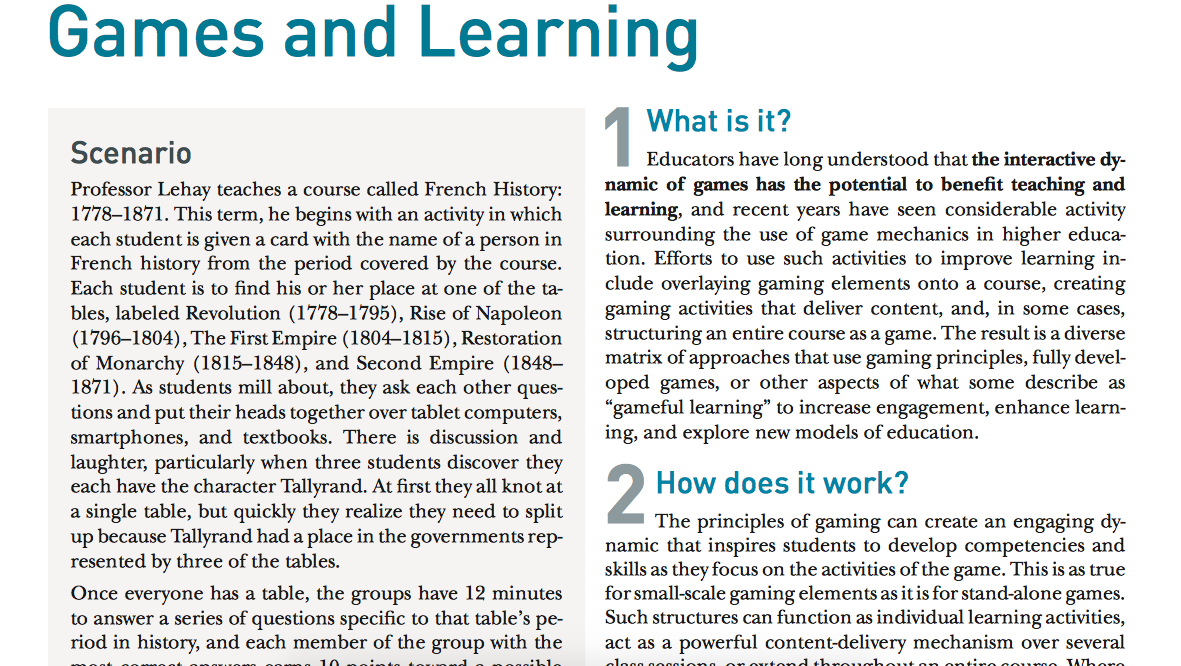 Serious games can be used to address serious social issues facing a country or the world. I choose to play Third World Farmer it was a fun game that looked at the challenges facing people with farms in third world countries, the challenge was how to keep a family alive and growing in the face of the many challenges. I played the game 7 or 8 times, it took me a few games to get the hang of it. The first 3 times i played the game my whole family died because i didn't know that every year the health of your family drops. Some of the many challenges the family faced was drought, crop failure, civil war, guerrillas, poachers and fire. Some of these issues affect farmers in first world countries as well but the ones related to political instability were the hardest to overcome in the game because of the way it impacted the farm.
Serious games can be used to address serious social issues facing a country or the world. I choose to play Third World Farmer it was a fun game that looked at the challenges facing people with farms in third world countries, the challenge was how to keep a family alive and growing in the face of the many challenges. I played the game 7 or 8 times, it took me a few games to get the hang of it. The first 3 times i played the game my whole family died because i didn't know that every year the health of your family drops. Some of the many challenges the family faced was drought, crop failure, civil war, guerrillas, poachers and fire. Some of these issues affect farmers in first world countries as well but the ones related to political instability were the hardest to overcome in the game because of the way it impacted the farm. This game can serve as a fun but also interesting way of exploring the struggles facing people in third world countries and the impact the instability has on their lives. After playing the game the students can write about the experiences of the farmers that they played. They can discuss the struggles the family face and if they were able to make decision to overcome the adversity they face. Performance Indicator - ESL.I.5-8.1.1.12: Students convey information and ideas through spoken and written language, using conventions and features of American English appropriate to audience and purpose. Playing the game itself won't fulfill the performance indicator but a writing task discussing the game can help to fulfill it. The writing task can allow them to fully develop their thoughts on the subject and share them with the teacher. Some the students in an ESL class might be refuges who faced similar situations in their lives and may as a result be able to relate to the game more then other students. The students can discuss their opinions of the game, as well as if they were able to be successful and complete all the objectives.
This game can serve as a fun but also interesting way of exploring the struggles facing people in third world countries and the impact the instability has on their lives. After playing the game the students can write about the experiences of the farmers that they played. They can discuss the struggles the family face and if they were able to make decision to overcome the adversity they face. Performance Indicator - ESL.I.5-8.1.1.12: Students convey information and ideas through spoken and written language, using conventions and features of American English appropriate to audience and purpose. Playing the game itself won't fulfill the performance indicator but a writing task discussing the game can help to fulfill it. The writing task can allow them to fully develop their thoughts on the subject and share them with the teacher. Some the students in an ESL class might be refuges who faced similar situations in their lives and may as a result be able to relate to the game more then other students. The students can discuss their opinions of the game, as well as if they were able to be successful and complete all the objectives. This activity could also be completed as a group activity in class where the students are able to discuss the choices they make and how the outcome of the random events can affect the families. Performance Indicator - ESL.I.5-8.1.1.13: Students engage in collaborative activities through a variety of student groupings to read, gather, share, discuss, interpret, organize, analyze, and present information. The students discussion about their choices and the outcomes will allow them to use english to both discuss the activity as well.
With a couple of attempts I think every student can figure out how to play this game effectively and complete all the objectives of the game. This was a fun game and i think it could make for a fun in class activity that allows the students to start a serious discussion.



